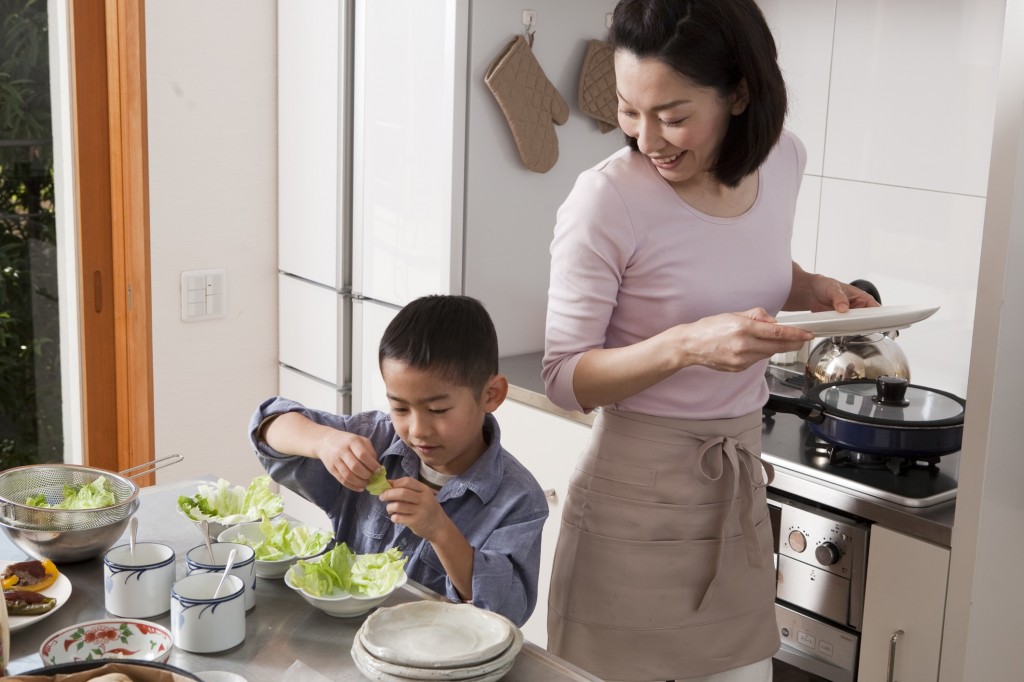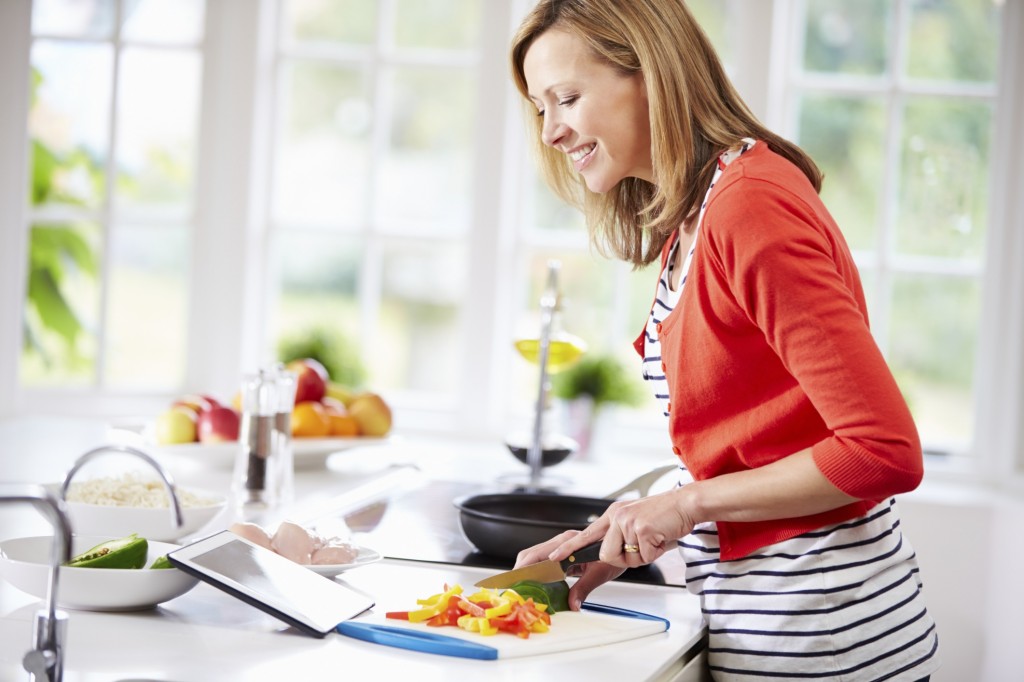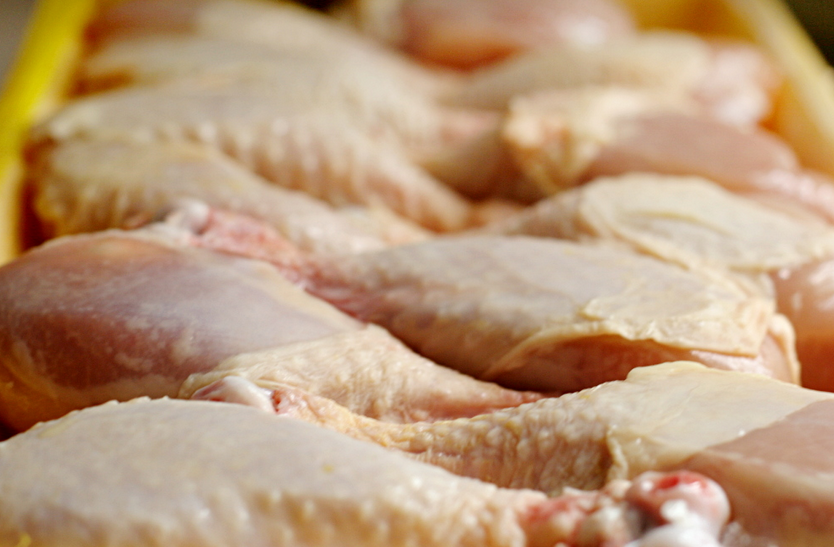Kitchen Safety: 5 Principles Every Cook Should Know
 Food safety goes well beyond making sure you cook chicken thoroughly. There are many ways someone can get sick from food. Here are for kitchen safety, 5 principles every cook should know about to keep their families healthy.
Food safety goes well beyond making sure you cook chicken thoroughly. There are many ways someone can get sick from food. Here are for kitchen safety, 5 principles every cook should know about to keep their families healthy.
Time-Temperature Abuse
When you’re handling food, you should always be aware of the time and temperature abuse of food. When food is not cooked or reheated enough, it’s not stored at the right temperature or the food was not cooled properly, dangerous bacteria grows very quickly. When food has been left at temperatures long enough for bacteria to grow, it has been time-temperature abused.
Remember to always keep the cold food cold and the hot food hot – this reduces the risk of bacteria growth. The range of temperature between 40°F and 140°F is considered the “temperature danger zone” – the temperatures when bacteria grows the fastest. Refrigerators are designed so the temperature stays below 40°F, so most of what to keep an eye out for is food left on the counter too long or food you might be traveling with (to a picnic or barbecue, etc.).
Cross Contamination
Cross contamination refers to when raw food comes in contact with food that is ready to eat. This can happen in many ways:
- Liquid from raw food drips on ready-to-eat food
- Surfaces aren’t cleaned well after handling raw food
- Towels used to clean up after raw food are used again, spreading the bacteria from raw food
The best way to prevent cross contamination is to be vigilant about keeping raw food separate from the ready to eat food.
Food kept in the refrigerator should always be stored at a temperature of 40°F until it’s time to cook, but how you stack your food inside your refrigerator is also important. Despite the fact that most refrigerators are designed with the crisper and vegetable bin at the bottom, raw meat should always go at the bottom of the refrigerator to prevent cross contamination; the safest food for eating immediately should go at the top.
Here’s how your refrigerator should be stacked from top to bottom.
- Ready to eat food (leftovers, food that’s been prepared that doesn’t require further cooking)
- Fruit and vegetables
- Milk and dairy products
- Raw eggs
- Raw fish
- Raw beef, pork, lamb
- Raw chicken
Keeping the raw food at the bottom reduces your chances of it coming in contact with or dripping liquid on food that doesn’t require cooking.
Cooking Temperatures
Knowing cooking temperatures will also keep you armed against dangers in the kitchen. Having an instant read thermometer is very helpful with this because you need to know the internal temperatures of foods. Every food has to be cooked to different temperatures to kill bacteria. The following list is of the suggested cooking temperatures for different foods.
- 165°F Poultry (chicken, turkey or duck), stuffed food and food that contains already cooked foods
- 155°F Ground meat (any – including fish)
- 145°F All fish and seafood, steaks/chops/roasts of pork, beef, veal, lamb, eggs
- 140°F Any fruits, vegetables, grains, and processed foods.
Cooling and Thawing
When putting food away (for leftovers or prep for the next day), it should be cooled quickly. All food should be cooled to 70°F within two hours and it should go down to 40°F within four hours – the total cooling time should not be longer than six hours.
When you’re thawing raw meat, you can microwave it run cold water over it until it’s thawed or you can leave it in the refrigerator overnight. Never, ever let it thaw at room temperature.
 Cooking is trickier than just putting the right flavors together and pairing the right textures – it should also be worry-free. If you follow those guidelines, every meal will be a safe meal.
Cooking is trickier than just putting the right flavors together and pairing the right textures – it should also be worry-free. If you follow those guidelines, every meal will be a safe meal.









2 Responses
[…] Kitchen Safety: 5 Principles Every Cook Should Know […]
[…] Kitchen Safety: 5 Principles Every Cook Should Know […]